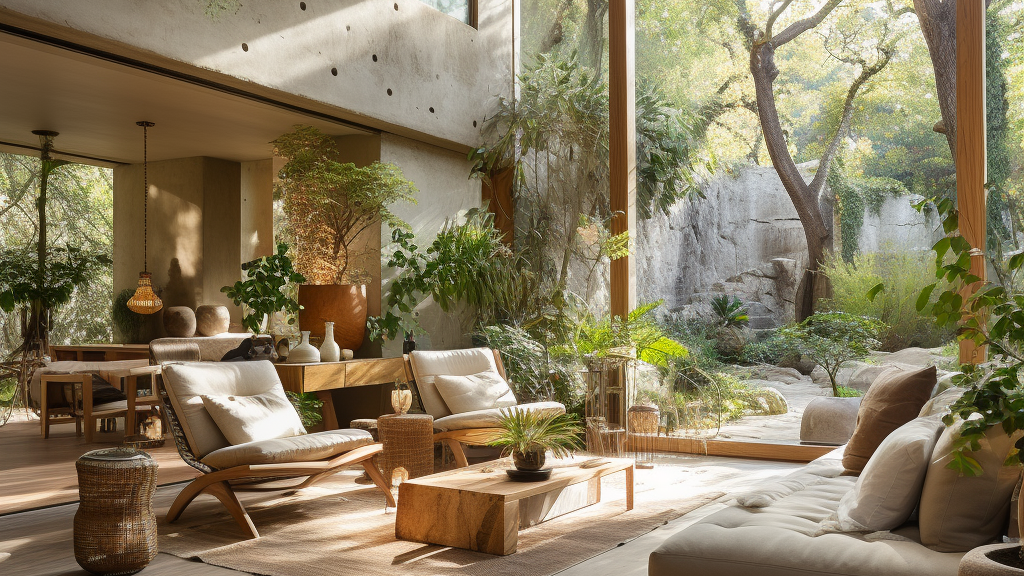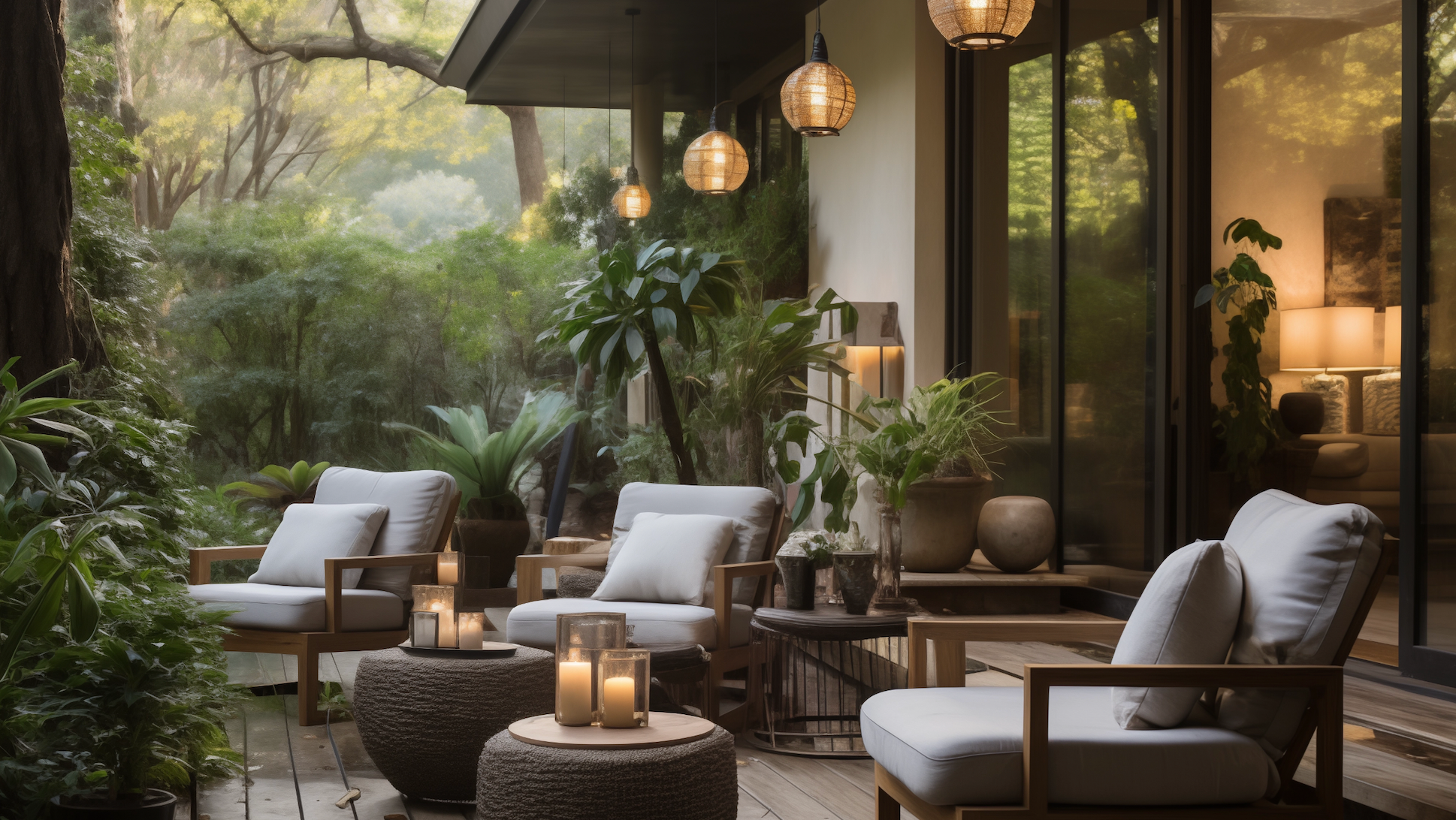Design by Atelier Essex Inc.
Eichler homes, known for their mid-century modern design, present a unique opportunity to embrace sustainability by converting them into Passive Houses. Passive House design principles focus on energy efficiency, superior insulation, and airtight construction to create comfortable and eco-friendly living spaces. We will explore the 8 most important considerations involved in transforming an Eichler home into a Passive House.
1. Energy Assessment:
Begin the conversion process by conducting a comprehensive energy assessment of the Eichler home. Identify areas of energy loss, evaluate the existing insulation, and analyze the energy performance of windows and doors. This assessment will serve as the foundation for developing a tailored Passive House strategy.
2. Superior Insulation:
Eichler homes often feature large windows and open floor plans, which can pose challenges for insulation. Enhance the insulation of walls, roof, and floor to meet Passive House standards. Consider advanced insulation materials and techniques to minimize thermal bridging and achieve optimal energy conservation.
3. High-Performance Windows and Doors:
Replace existing windows and doors with high-performance, triple-glazed alternatives. Opt for designs that complement the mid-century modern aesthetic while providing excellent thermal insulation. This step is crucial in preventing heat loss and ensuring airtightness within the Passive House envelope.
4. Airtight Construction:
Achieving airtightness is a fundamental aspect of Passive House design. Conduct air leakage tests to identify and address potential areas of infiltration. Utilize airtight membranes and sealants to create a continuous barrier against drafts, ensuring a controlled indoor environment.
5. Ventilation Systems:
Passive Houses rely on mechanical ventilation with heat recovery (MVHR) systems to maintain a constant supply of fresh air while recovering heat from the outgoing air. Integrate an MVHR system that aligns with the unique characteristics of the Eichler home, preserving indoor air quality without compromising energy efficiency.
6. Renewable Energy Integration:
Explore renewable energy sources such as solar panels to power the Passive House. Eichler homes often have flat roofs, providing an ideal surface for solar installations. Maximize energy independence and reduce the home's carbon footprint by harnessing the power of the sun.
7. Thermal Mass Optimization:
Leverage the inherent thermal mass in Eichler homes to regulate indoor temperatures. Design strategies that capitalize on materials like concrete floors and exposed brick walls to store and release heat, contributing to the overall energy efficiency of the Passive House.
8. Smart Home Technology:
Integrate smart home technologies to monitor and control energy consumption. Smart thermostats, lighting systems, and energy-efficient appliances can enhance the efficiency of a Passive House while providing homeowners with real-time insights into their environmental impact.
Transforming an Eichler home into a Passive House blends iconic mid-century design with sustainable living. By embracing energy-efficient technologies and design principles, homeowners can enjoy the best of both worlds – the timeless beauty of Eichler architecture and the environmental benefits of a Passive House.
January 23, 2024
Written By Pebel Rodriguez, AIA, Licensed Architect, Principal at Atelier Essex.
Chair of the American Institute of Architects (AIA) Silicon Valley Committee on the Environment (COTE)
LEED Accredited Professional | Passive House Designer
M.Sc. Environmental Systems Management



